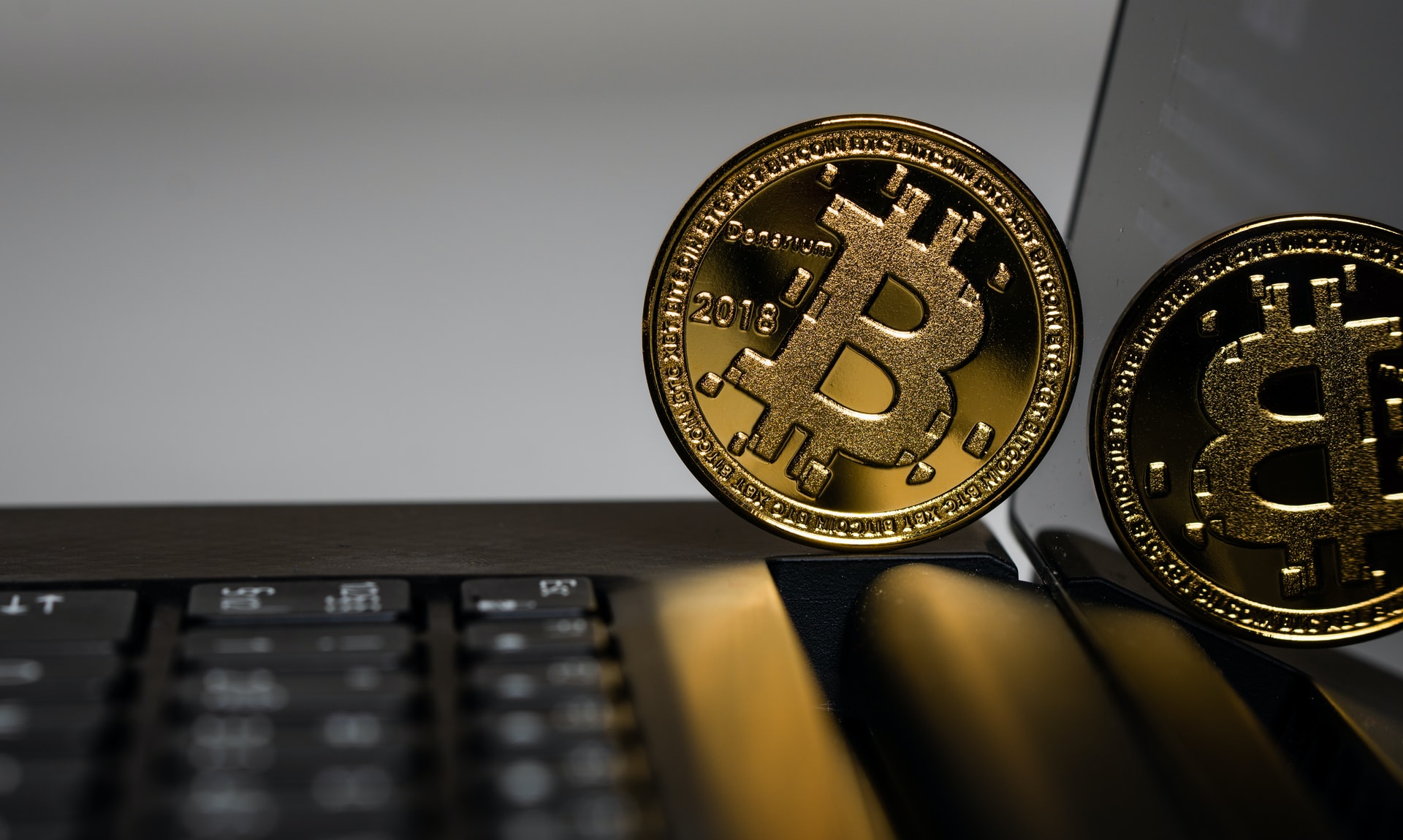Bitcoin’s (BTC) 2020 rally, coinciding with weakness in the US Dollar, has renewed comparisons to gold. JPMorgan has recognized a trend of institutional investors forgoing investments into traditional gold funds, deploying more of that capital into assets tracking the price of BTC. Negative US real rates, as well as the potential for stimulus-induced inflationary pressures should continue to improve the fundamental landscape for BTC. At the same time, major online payment platforms like PayPal and Square are stepping up their adoption of digital currencies and preparing for a blockchain future.
Related Stocks & Funds: Grayscale Bitcoin Trust (GBTC), SPDR Gold Shares (GLD), Square, Inc. (SQ), PayPal Holdings, Inc. (PYPL)
BTC Outperforms Gold Amid Dollar Weakness
The Grayscale Bitcoin Trust, which tracks the price of BTC/USD, is outperforming gold exchange-traded funds (ETFs), a trend perhaps driven by institutional investors, according to a report by JPMorgan analysts that CoinDesk has obtained.
As CryptoPotato reported, Grayscale has been registering consecutive best quarters. Per JPMorgan, the “ascend of Grayscale Bitcoin Trust suggests that Bitcoin demand is not only driven by the younger cohorts of retail investors, i.e., millennials, but also institutional investors such as family offices and asset managers.”
JPMorgan analysts said Grayscale’s bitcoin trust saw cumulative inflows through October, whereas gold exchange-traded funds (ETFs) saw “modest outflows” since mid-October. “This contrast lends support to the idea that some investors that previously invested in gold ETFs… may be looking at bitcoin as an alternative to gold,” said the analysts. The trust currently manages $7.6 billion worth of assets in total.
In late October, Bitcoin advocate and Real Vision CEO Raoul Pal said gold is breaking down against BTC. If the dominant cryptocurrency continues to gain momentum against BTC, it could strengthen its perception as a store of value. Year to Date, BTC has returned more than 110% vs the SPDR Gold Shares (GLD) return of just 22%. That divergence has only intensified in the past month.
Conditions are only expected to improve for BTC, which has benefitted heavily from a broadly weakening Dollar. The Fed has indicated interest rates are likely to remain close to zero until 2023 and, with more fiscal and monetary stimulus measures on the way to combat the economic effects of COVID-19, investors can expect more inflation to depress US real rates (short-term interest rates – inflation).
The most obvious determinant of where the money goes is short-term interest rates and their differences from other currency regimes. Other things equal, it makes more sense to keep cash in a currency that has a higher rate of interest. Still, there is another key consideration: inflation-adjusted or “real rates”. However enticing a short-term yield may be, it doesn’t buy much if the purchasing power of the currency diminishes by more than the interest earned; or it can buy even more if purchasing power improves.
With US real rates now stuck in negative territory for the foreseeable future, it’s not surprising that gold and BTC, which are hedges against inflation, are becoming more preferable to the Greenback. As AMBCrypto notes, a BTC-Gold correlation has increased over the years as BTC has increased its market cap. At the end of Bitcoin’s 1st halving in 2012, it was 2% and around 11% during the end of 2nd halving in 2016.
After the 3rd cycle in 2020, the BTC-Gold correlation had jumped to 43%…
To read the rest of this Market Insight, START A FREE TRIAL You’ll also gain access to: If you already have a subscription, sign in










